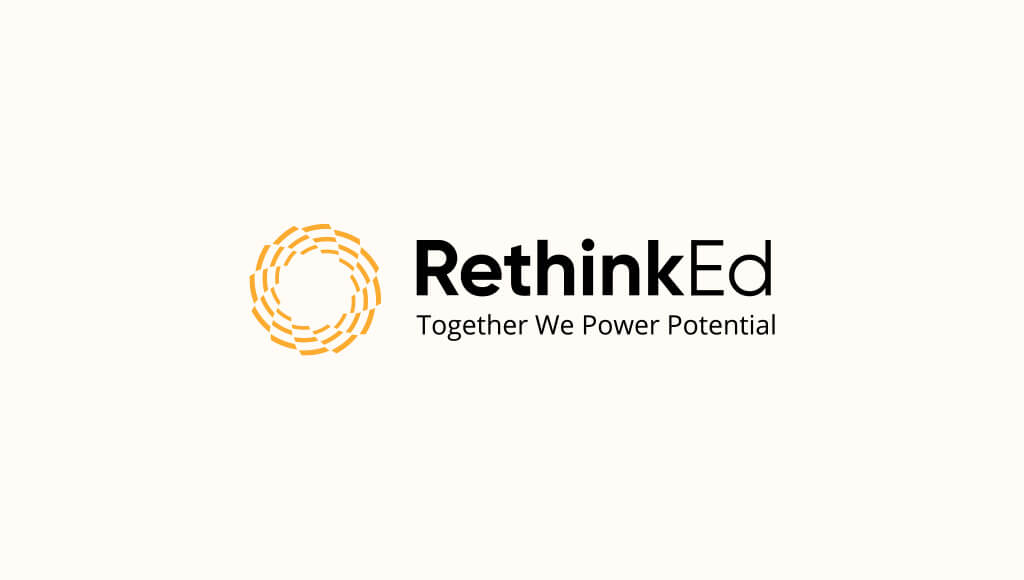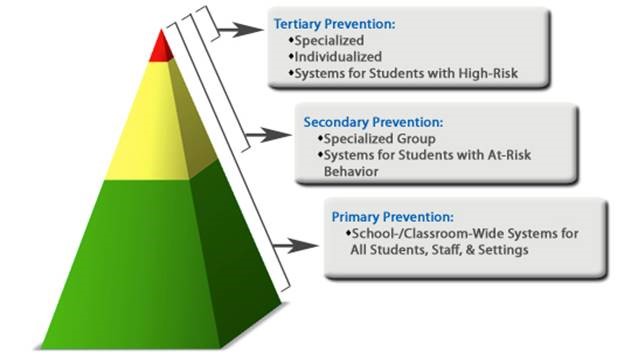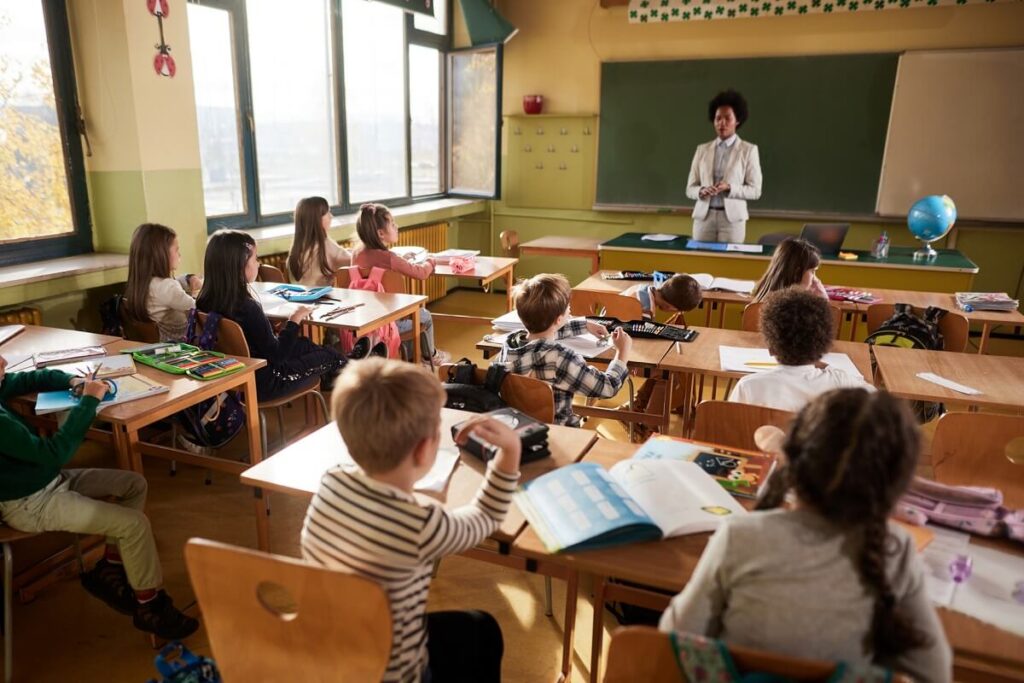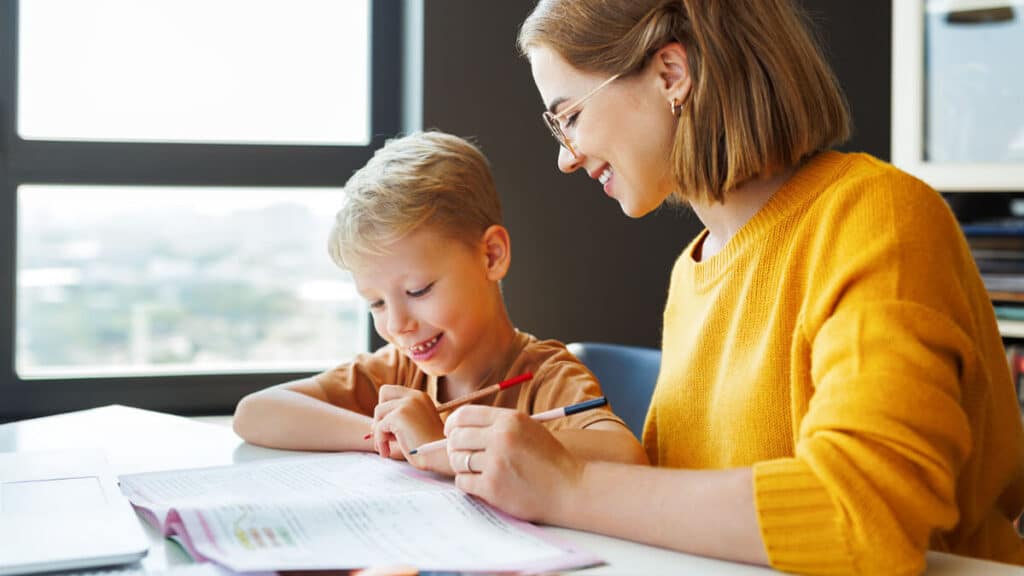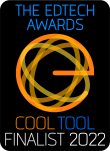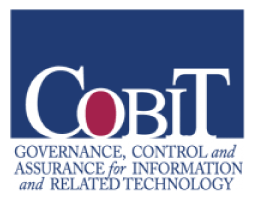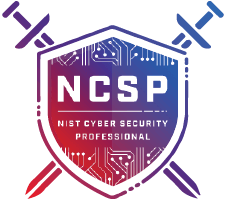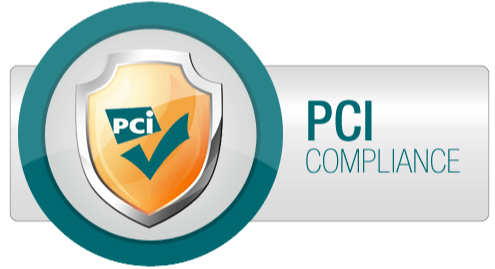What is PBIS?
Positive Behavioral Intervention and Supports (PBIS) is a schoolwide discipline system for creating positive school environments through the use of proactive strategies that define, teach and reinforce appropriate behaviors.
PBIS is based on the principles of applied behavior analysis and is a proactive approach to establishing supports that:
- Improve the social culture needed for all students in a school to achieve social, emotional and academic success
- Makes challenging behavior less effective, efficient and relevant.
PBIS is the only approach addressing behavior that was mentioned in the 1997 reauthorization of the Individuals with Disabilities Education Act (IDEA) and is interchangeable with School-wide Positive Behavior Supports.
What does PBIS look like?
PBIS focuses on a comprehensive system of positive behavior supports for all students in a school and is implemented in all areas of the school, including classroom and non-classroom settings (e.g. cafeteria, bus, restrooms, etc.).
PBIS is a tiered system of supports to improve the daily lifestyle of all by reducing the effectiveness of challenging behavior and making desired behavior more functional.
Tier 1 supports are universal supports that are taught and reinforced with the whole student population.
Tier 2 supports are targeted supports for students that need further explanation and reinforcement of desired behaviors.
Tier 3 supports are supports provided at an individual level. This is for students that need tailored instruction and reinforcement to meet their personal learning needs.
How is PBIS implemented?
To establish the universal/Tier 1 supports, a campus committee is formed of administrators, general education teachers and special education teachers. The list of activities below are established:
- A theme is chosen to help students and staff easily remember the rules. This theme either ties into the school mascot (e.g. PAW rules for Wildcats or Bulldogs) or follows the three “Be’s” (Be safe, Be responsible, Be respectful).
- Each area of the school or community in which students frequent are identified. This includes cafeteria, gym, hallways, playground, buses, etc.
- The thematic guidelines/rules are then applied to each identified area. For example, being responsible in the hallway is walking directly to and from your destination.
- Visuals of all identified guidelines are created and posted in the locations identified.
- A reinforcement system is established. This includes tokens to be used for when students are engaging in the desired behavior and a way for the students to redeem their tokens. For example, the Wildcats may create “Cat Cash” as a token of reinforcement. A school using the three “Be’s” may use “Honey Money.” The students are then able to use their tokens to purchase items in the school store or treasure box. Items can include school supplies, toys, homework passes, extra restroom passes and even gift cards.
- At the beginning of the school year and right after each long break, such as winter break, students are provided instructions on each guideline in each area of the school/community. Instruction includes examples and non-examples of the expected behavior. For example, students are shown what it looks like to be responsible in the hallway (walking directly to and from destination), and what it looks like to NOT be responsible in the hallway (running or stopping to look in each window of classrooms as walking to and from destination).
- Teachers and staff members are encouraged to look for students engaging in the appropriately identified behavior and to recognize those students by providing a token and naming the specific reason the student is receiving the token.
- The students accumulate and redeem their tokens for a secondary reinforcer.
Modifications and Accommodations
Some students may need modifications or accommodations to fully participate in the PBS system. Students identified for Tier 2 and Tier 3 supports should be a small group of the total school’s population that need:
- More frequent reminders of the expectations
- More frequent reinforcement and/or ability to turn in their tokens more frequently for the secondary reinforcer
- Primary reinforcers paired with the token
- An individual chart to track their token economy
- A separate “store” of reinforcers that are based on the student’s individual preferences
The school-wide and Tier 2 and 3 supports should be reviewed regularly. Data should be collected to evaluate the effectiveness of the PBS program and plan. This data should be in the form of office referrals, the number of students accessing the reinforcement system, the students’ and staff’s ability to recite expectations and examples of those expectations, as well as, the number of students that are able to fade from more intensive supports to lesser intensive supports. As all data is collected, the PBIS committee should review and make necessary changes to ensure the effectiveness of the plan.
